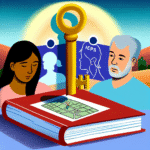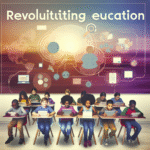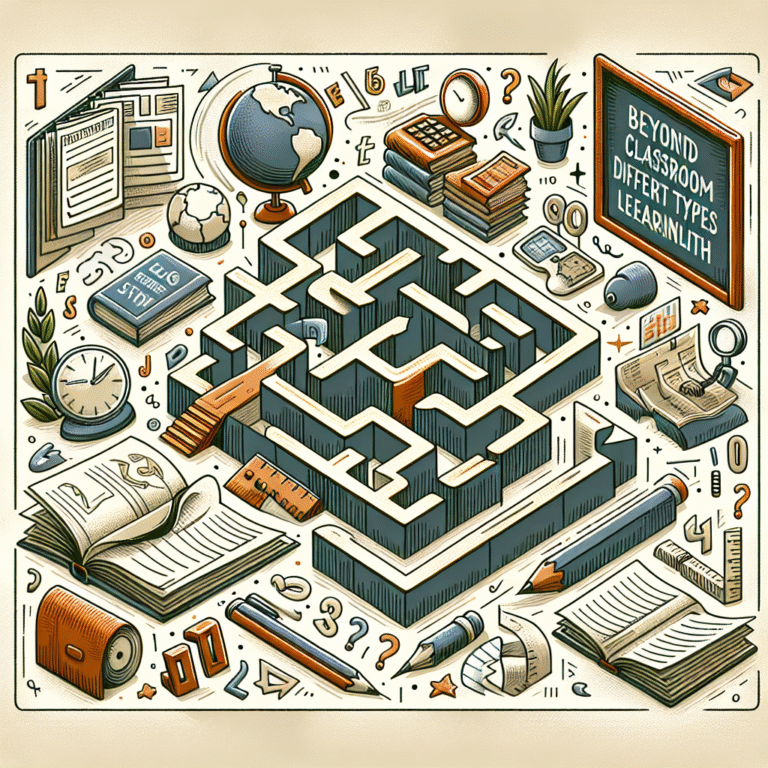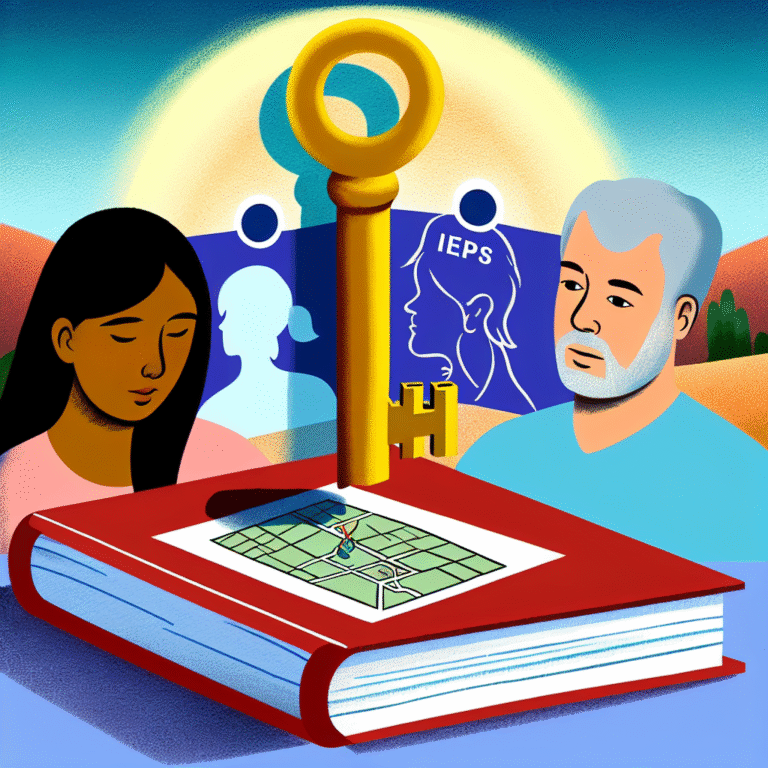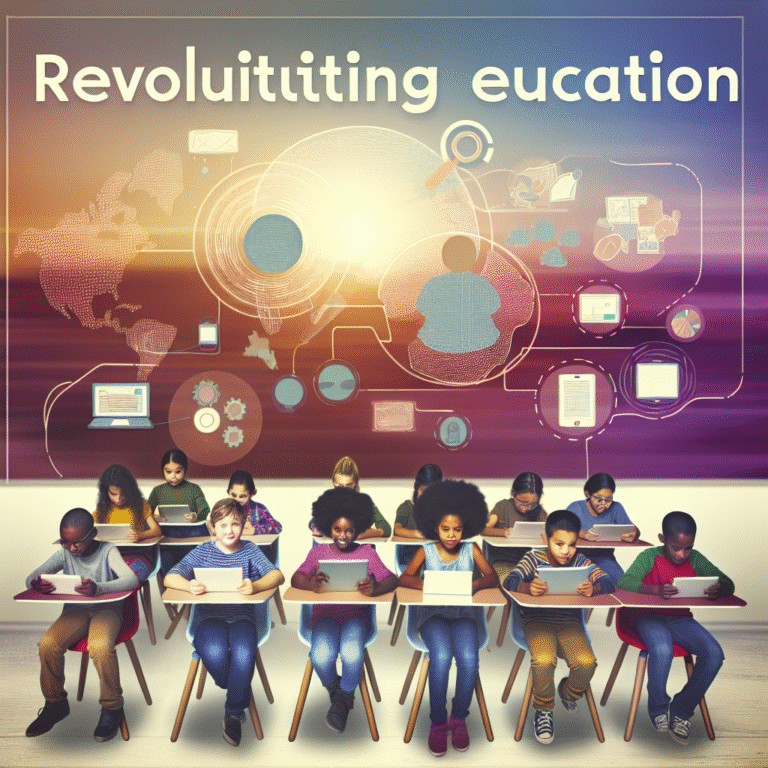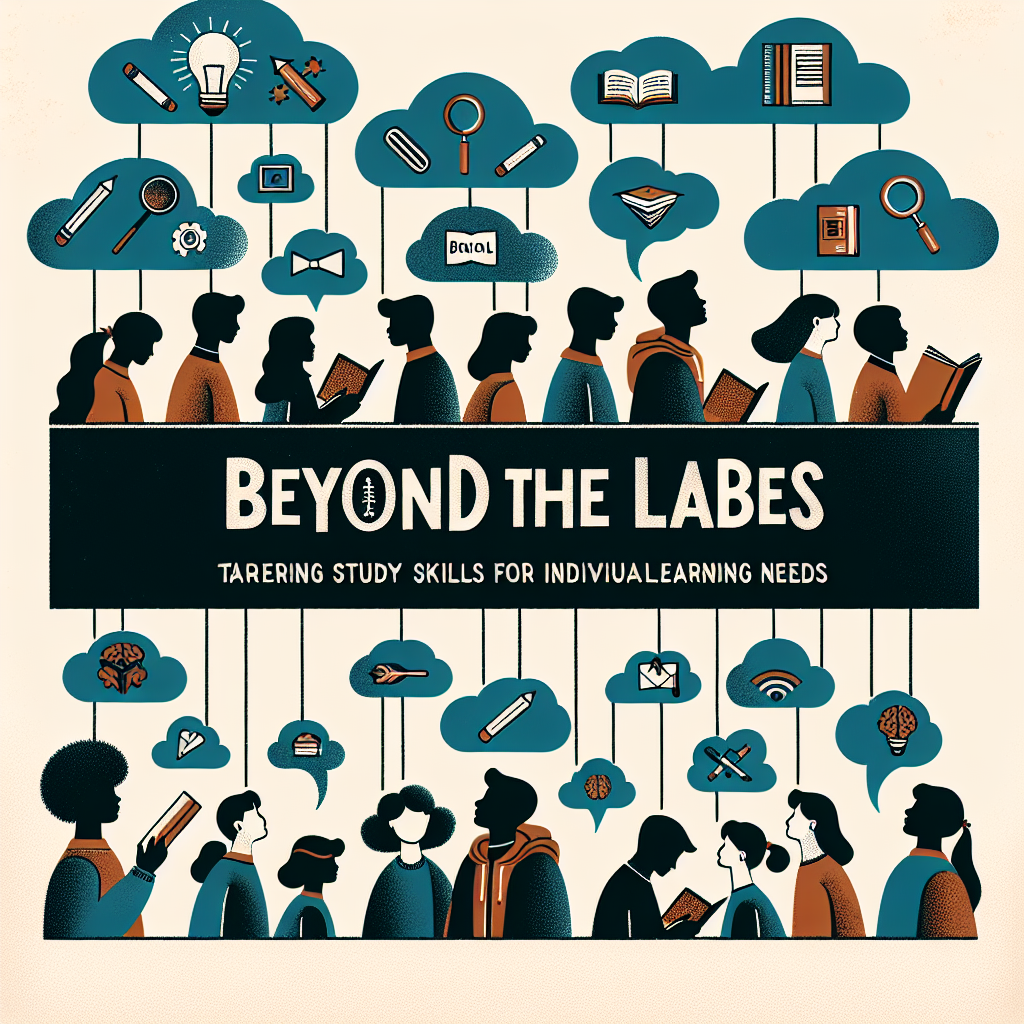
Beyond the Labels: Tailoring Study Skills for Individual Learning Needs
Introduction
In today’s fast-paced educational landscape, learners are often categorized into rigid labels that define their capabilities. Terms like “visual learner,” “kinesthetic learner,” or even “ADHD” can box students into fixed notions of how they learn best. However, this approach often oversimplifies the intricate nature of individual learning needs. The truth is, effective study skills are not one-size-fits-all. Understanding this is essential for maximizing educational outcomes. Join us as we delve into the nuances of Beyond the Labels: Tailoring Study Skills for Individual Learning Needs, helping both students and educators unlock potential through customized approaches.
Understanding Individual Learning Needs
The Dangers of Labels
Labels can be useful for categorizing learning preferences, but they often create limitations. For instance, a student identified as a “visual learner” may feel discouraged from exploring auditory or kinesthetic learning techniques. Research shows that 70% of students do not fit neatly into one learning style. Therefore, understanding that learning needs are fluid is crucial to developing effective study skills.
The Spectrum of Learning Styles
Rather than confining students to specific labels, it’s essential to recognize the spectrum of learning modalities:
- Visual Learners: Engage best with diagrams, charts, and visual aids.
- Auditory Learners: Prefer listening, lectures, and discussions.
- Kinesthetic Learners: Learn through hands-on experiences and movement.
- Reading/Writing Learners: Excel through traditional text-based methods.
By acknowledging the diversity of learning styles, educators can better tailor their approaches to fit individual needs, expanding their repertoire and enhancing overall educational efficacy.
Case Studies: Real-World Applications
Case Study 1: Customizing Study Techniques for Visual & Kinesthetic Learners
In a crowded classroom, a teacher noticed that two students, Max and Leila, were struggling to engage with the material. Max, a visual learner, often became disinterested during lecture-heavy sessions, while Leila, a kinesthetic learner, found it hard to grasp concepts without physically engaging with the material.
Instead of utilizing a traditional teaching method that relied heavily on reading and lectures, the teacher decided to implement Beyond the Labels: Tailoring Study Skills for Individual Learning Needs. Max was integrated into visual workshops where he mapped out concepts using infographics, while Leila participated in hands-on activities to explore scientific principles. The result? Both students showed remarkable improvement, thriving in an environment tailored to their unique learning styles.
Analysis
This case study illustrates the transformative impact of customizing study skills, reinforcing the idea that engaging different learning styles can yield substantial benefits.
Case Study 2: Embracing Neurodiversity
A school district decided to focus on neurodiversity to help students with ADHD and autism thrive academically. By embracing the values of Beyond the Labels: Tailoring Study Skills for Individual Learning Needs, educators collaborated with specialists to establish strategies that accommodate varying cognitive profiles.
Each classroom offered a sensory corner with fidget tools, noise-canceling headphones, and flexible seating arrangements that allowed students to channel their energy positively. Moreover, students learned self-regulation techniques through mindfulness and executive functioning skills programs.
Analysis
This initiative highlights the importance of cultivating an inclusive educational environment that recognizes diverse mental processing abilities and promotes individual strengths.
Crafting an Individualized Study Plan
Step 1: Conducting a Learning Needs Assessment
Understanding that every learner requires a personalized approach starts with assessment. Educators should conduct:
- Surveys to gauge students’ perceptions of their learning styles.
- Interviews to solicit student feedback on effective studying methods.
- Performance assessments to identify strengths and weaknesses.
Using these tools helps in creating tailored study skills that truly resonate with students.
Step 2: Setting Specific Goals
Goal-setting is vital in Beyond the Labels: Tailoring Study Skills for Individual Learning Needs. By establishing specific, measurable objectives, students gain a clearer understanding of their learning journey.
For instance, instead of vague goals like “I want to do better in math,” students should aim for “I will complete three math practice problems every day and seek help for concepts I don’t understand.” This specificity turns aspirations into actionable steps.
Step 3: Exploring Flexible Strategies
Offering students various studying techniques can help them identify what suits them best:
- Mind Mapping for visual learners
- Discussion and Teaching for auditory learners
- Role-Playing and Simulation for kinesthetic learners
- Structured Outlines for reading/writing learners
Incorporate these strategies into daily learning to build a toolkit that adapts to any situation.
Step 4: Monitoring Progress
Continuous evaluation ensures that the customized study plans are effective and relevant. Regular check-ins, self-reflections, or peer assessments can serve this purpose. Adaptations can be made according to the evolving needs of the student—reinforcing the idea that learning is an ongoing process rather than a fixed destination.
The Role of Technology
Digital Platforms and Study Tools
With the advent of technology, a plethora of applications and online resources are available to support diverse learning needs:
- Khan Academy for visual and auditory learners through engaging video lessons.
- Quizlet for reading/writing learners through flashcards.
- GoNoodle to engage kinesthetic learners with movement and dance breaks.
Educators should harness these tools as part of Beyond the Labels: Tailoring Study Skills for Individual Learning Needs, allowing students to explore resources that cater specifically to their learning preferences.
Gamification in Learning
Gamifying educational content can be an effective way to engage all types of learners. Incorporating game elements in lessons—such as points, levels, and rewards—can motivate students to participate and enhance their overall learning experiences.
Conclusion
Navigating the complex labyrinth of student learning requires flexibility, understanding, and innovation. Beyond the Labels: Tailoring Study Skills for Individual Learning Needs serves as a blueprint for educators and students alike to engage with learning in a way that respects individual differences and fosters growth. By moving beyond rigid classifications and embracing a more fluid approach to study skills, we empower learners to become active participants in their educational journeys, ultimately cultivating a generation of confident, capable individuals.
FAQs Section
1. What are the main learning styles?
The primary learning styles include visual, auditory, kinesthetic, and reading/writing learners. Each student may exhibit a combination of these styles.
2. Can learning styles change over time?
Yes, learning styles can evolve based on personal experiences, the learning environment, and new strategies introduced.
3. What strategies can help a student with ADHD study more effectively?
Creating structured routines, minimizing distractions, incorporating breaks, and using hands-on activities can help students with ADHD focus and retain information better.
4. How can technology support diverse learning needs?
Technology offers various tools and applications that cater to different learning styles, making it easier for students to engage with educational content.
5. What is the first step in tailoring study skills for individual needs?
Conducting a thorough learning needs assessment to identify students’ preferences and difficulties is essential to tailoring effective study strategies.
By embracing the ethos of Beyond the Labels: Tailoring Study Skills for Individual Learning Needs, we not only prioritize academic success but also nurture a love for lifelong learning in every student.

